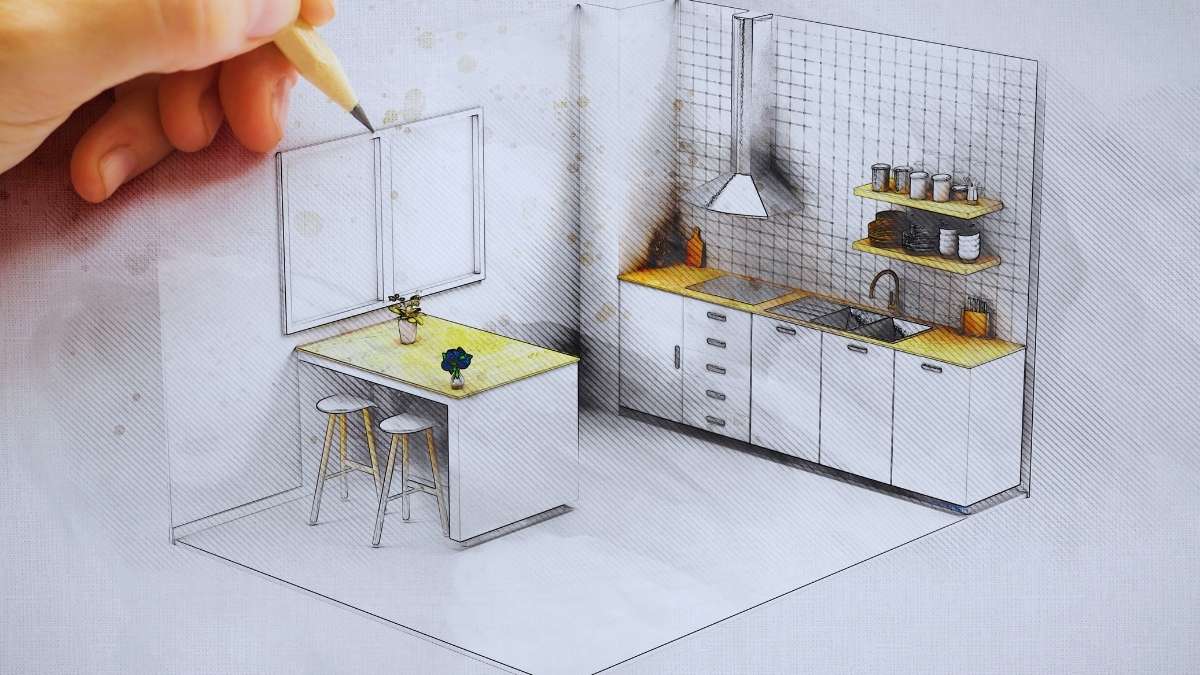Last Updated on May 8, 2025 by Kravelv Spiegel
When embarking on a new design or renovation project—whether it’s a kitchen upgrade, bathroom overhaul, or full home remodel—there’s always a tension between style and function. You want a space that looks amazing, but it also needs to work for your daily life. The key lies in harmonizing aesthetics with practicality, making sure one doesn’t overshadow the other.
Start With a Clear Vision
Before you pick up a paintbrush or call a contractor, take time to define your priorities. Ask yourself: What is this space for? How will it be used every day? For example, a family bathroom needs durable finishes and plenty of storage, while a guest bath can lean more into luxury and appearance.
Sketching out your goals from the start helps ensure that functionality doesn’t get lost in the excitement of bold colors or trendy materials. You’ll be better equipped to make design choices that both look great and serve a purpose.
Choose Materials Wisely
Stylish surfaces are tempting, but not all materials are equal when it comes to wear and tear. Consider tile for high-moisture areas, quartz for countertops, and hardwood or high-quality vinyl for living spaces. These options offer visual appeal without sacrificing durability.
For fixtures and fittings, think about finishes that are easy to clean and maintain. Matte black and brushed brass are stylish choices that also hide fingerprints and water spots better than high-shine chrome.
Form Should Follow Function
A beautiful kitchen with no prep space is more frustrating than inspiring. This is where thoughtful layout planning becomes crucial. Cabinets should be positioned for easy access, lighting should support the tasks you’ll be doing, and appliances should be placed to maximize efficiency.
Likewise, in bathrooms, functionality should drive design. A sleek walk-in shower may look stunning, but it needs proper drainage and waterproofing. Consulting experts like Victory Plumbing Hobart can help you achieve a high-end look while making sure the underlying systems work flawlessly. They understand how to blend good design with reliable infrastructure.
Don’t Sacrifice Storage for Style
Minimalist designs are trending, but that doesn’t mean storage should disappear. In fact, clever storage solutions can enhance both form and function. Think built-in cabinetry, hidden compartments, or furniture that doubles as storage.
In bathrooms and kitchens, custom cabinetry can be designed to keep clutter out of sight while still providing easy access to essentials. Open shelving can add visual interest, but be realistic about what you’re willing to keep neatly styled.
Lighting Sets the Tone
Lighting has a big impact on how a space looks and functions. Natural light is always a plus, but in its absence, layered lighting is your best friend. Combine ambient lighting with task and accent lighting for a balanced, practical setup.
For example, pendant lights above a kitchen island offer both style and functionality. Under-cabinet lighting provides essential brightness for meal prep, while dimmable fixtures let you control the mood in the evening.
Keep the Future in Mind
Trends come and go, but function endures. When planning your project, choose elements that will stand the test of time. Go bold with easily changeable items like wall paint or accessories, and opt for classic designs in permanent fixtures like cabinetry, flooring, and plumbing.
Also, consider how your needs may change. Will you still love that floating vanity in five years? Is that matte white sink going to withstand heavy use? Balancing what’s trendy now with what’s practical long-term is the smartest approach.
Final Thoughts
Balancing style and function doesn’t mean compromise—it means creating a space that not only looks good but works hard for you and your family. With careful planning, smart choices, and the right professionals by your side, your next project can be both beautiful and brilliantly functional.

